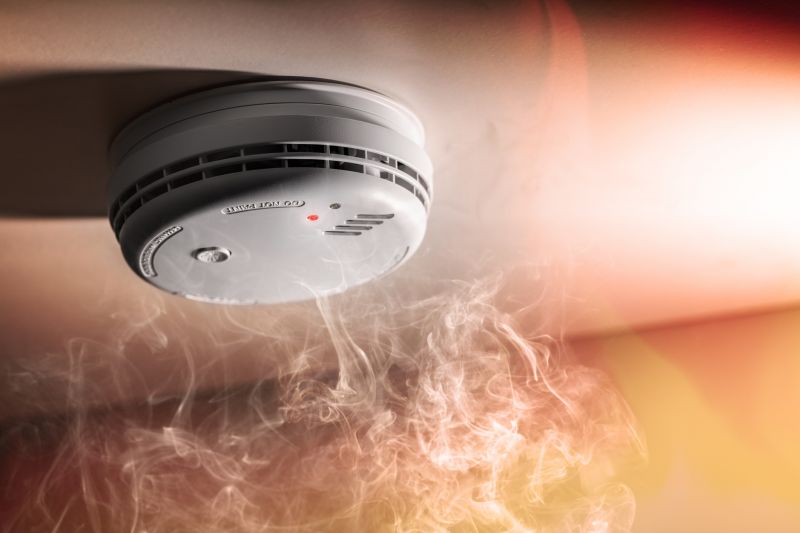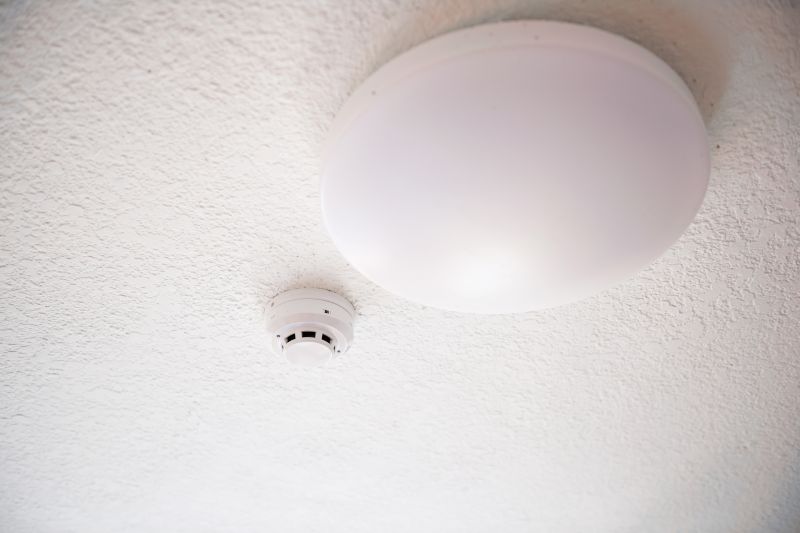Fire Detector Replacement Guidelines
Fire detector replacements are essential for maintaining optimal safety and compliance within a building. Regularly updating detectors ensures early fire detection, reducing the risk of property damage and injury. The timing of replacements depends on several factors, including device age, technological advancements, and manufacturer recommendations.
Most fire detectors should be replaced every 10 years to ensure reliable operation and avoid false alarms.
If a detector is faulty, chirping, or not responding during tests, it should be replaced immediately.
Upgrading to newer models with advanced features can improve fire detection capabilities and reduce false alarms.
Detectors involved in a fire incident should be replaced to restore full safety coverage.

Regular inspections identify signs of wear or malfunction.

Upgrading detectors enhances safety and reliability.

Proper installation ensures optimal performance.

Scheduled maintenance extends detector lifespan.
| Factor | Recommended Action |
|---|---|
| Age of detector | Replace every 10 years |
| Malfunctioning device | Replace immediately |
| Technological upgrades | Upgrade to newer models |
| Post-fire incident | Replace involved detectors |
| Routine inspections | Schedule annual checks |
| Chirping or false alarms | Replace or service detector |
| Damage or wear | Replace if physical damage is evident |
| Environmental factors | Replace if exposed to harsh conditions |
Fire detector replacements are a critical aspect of fire safety management. As detectors age, their ability to detect smoke or heat diminishes, increasing the risk of missed alarms during emergencies. Technological advancements have led to smarter detectors with features like interconnected alarms and wireless connectivity, making timely upgrades advantageous. Regular inspections and adherence to manufacturer guidelines help determine the appropriate timing for replacements, ensuring continuous protection.

Advanced detectors offer improved sensitivity and connectivity.

Older models may have reduced reliability.

Regular testing helps determine if replacement is needed.

Proper procedures ensure effective installation.

Ways to make Fire Detector Replacements work in tight or awkward layouts.

Popular materials for Fire Detector Replacements and why they hold up over time.

Simple add-ons that improve Fire Detector Replacements without blowing the budget.
Maintaining up-to-date fire detectors is vital for early fire detection and occupant safety. Regular assessments, understanding device lifespan, and responding to signs of malfunction can significantly enhance fire preparedness. Contact professionals for guidance on optimal replacement schedules and to ensure detectors are correctly installed and maintained.
